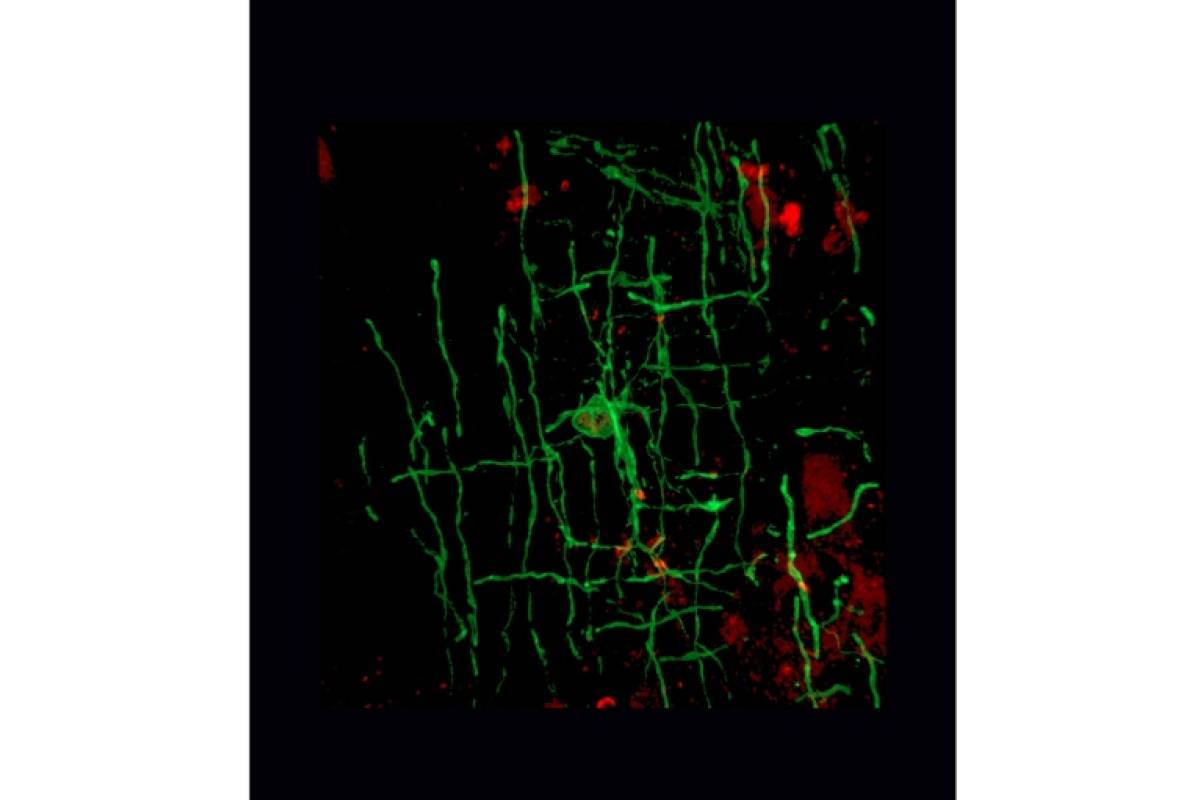Are so-called “compostable” plastic bags really?

From January 1, 2024, it is mandatory to sort your bio-waste, especially from a composting point of view. This waste is usually disposed of in very thin plastic bags, called compostable, such as those found in supermarkets. However, their degradation is not guaranteed and is not without risk to the environment or human health.
“Plastic, even compostable, is plastic,” says Rafael Gustavi, deputy director of circular economy at the Environment and Energy Management Agency (Adem).
In France, from January 1, 2024, it is mandatory to sort your biowaste, i.e. food waste from the garden and green waste. The objective is to reduce the amount of waste that ends up being incinerated and thereby recover it. For example, by composting or using it in an anaerobic digestion process to produce biogas.
Communities must enable this sorting by providing additional bins – often with brown lids – or voluntary drop-off points such as those already existing on the street for glass collection.
For this, they usually provide so-called compostable bags, the pretty plastic ones found in the fruit and vegetable sections of supermarkets. With a promise: that they degrade with our waste and therefore do not contribute to additional plastic pollution.
From plastic to inside the human body
Plastic pollution is a major global problem that is not new. Millions of wastes are found everywhere in nature, especially in the oceans, and also end up in the human food chain. Recent studies have shown that micro- and nanoplastics are found in the lungs, blood, breast milk and even the placenta.
In France, to combat this problem, “classic” plastic bags were phased out of our supermarkets in 2017. These are replaced by reusable bags or bags made of lightweight plastic, called compostable or biosourced (made entirely or in part of molecules from organic matter). matter).
If this offers an effective solution to combat the accumulation of plastic waste, the reality is not so simple.
Bags are non-degradable in nature…
First, the word “compostable” translates the ability to biodegrade in the so-called “composting” environment, that is, under very specific conditions of “temperature, humidity, pressure, time…”, explains Rafael Gustavi. And these conditions are not fulfilled in nature.
In 2019, a team of scientists from the UK’s University of Plymouth dug up so-called biodegradable bags that they had buried three years earlier. The bag can be reused for an uninterrupted, new shopping session. An experience that shows that this bag should not be thrown out under any circumstances.
…neither in domestic compost
While many of these bags include the words “OK Compost Home”, “it is not guaranteed that these plastic materials will fully degrade in a home composter”, suggests Aurelie Mathieu, ANSES’ expert coordinator on the subject.
As mentioned above, for plastic bags to completely degrade, demand conditions must be met. However, composting by individuals is usually piled bio-waste at the bottom of the garden or in a dedicated bin.
“Unfortunately, years later these bags are guaranteed to be found whole or in pieces,” explains Raphael Gustavi.
Ademe and Anses therefore call upon you not to put these bags in your compost and to condemn the terms that are not readable for consumers.
Environmental and health hazards
Because the poor degradation of these materials poses potential risks to both the environment and human health. ANSES explains that compostable bags are made of “starch, plastic, polymers and additives”. So they are always made of plastic.
“It is not excluded that these fragments will later be found in our food,” warns Aurelie Mathieu.
This can happen when manure is spread or used, for example, in a vegetable garden. “We are going to re-contaminate the environment and local cultures,” the expert continues.
Although exposure to micro- and nanoplastics is now proven, the harmful consequences on human health are still difficult to assess. However, studies point to increased risks of endocrine disruption, developmental problems, or cancer. “We shouldn’t have plastic in our bodies,” says Aurelie Mathew.
If our personal compost bags are not compostable, what about organized bio-waste collection? “The situation with industrial fertilizers is very different,” explains ANSES, referring to standards promoting degradation and monitoring allowing its control.
“This makes it possible to control the degradation before reusing the compost to avoid environmental contamination,” adds his colleague Sebastien Leconte.
Fruit and vegetables bagged and distributed for bio-waste therefore deteriorate well under such conditions, often over 90%. However, Adame observes that, despite everything, “plastic particles smaller than 5mm were found in industrial compost after 6 months”.
“Regardless of the composting method, biodegradable plastic materials will induce the presence of microplastics in this compost,” ANSES wrote in an opinion.
Compostable bags are burned last
Furthermore, Rafael Gustavi regrets the use of the terms “composting” and “recycling”. “The bag will decompose but not really compost because it won’t create any material,” he explains.
Indeed, during the process, they degrade into CO2 or methane but have no fertilizing value for plants like bio-waste after composting. We cannot say that they are recycled because they do not allow a new product to be produced.
Faced with these multiple obstacles, “usually, at the entrance to the treatment centers, the bags are opened, put aside and disposed of separately,” explains Rafael Gustavi. They are removed from compostable waste because of “mechanical problems in composting or methanization operations” or due to bio-waste composting periods that are not always compatible with these bags.
“Pre-collection” container
But then, what are these bags for and what exactly should we do with them? In the case of bio-waste collection by the municipality, Raffaele Gustavi recommends to “follow the instructions provided” and therefore only use the bags provided as they must generally conform to the conditions of the local treatment center.
And again, this is not an ideal solution because it sometimes ends up in methanization units that don’t have the same “digestion” capacity as composting platforms.
In fact, “the only use we find acceptable is to use fine bags as containers for bio-waste collection at home or at voluntary drop-off points”, writes Adame. In short: they make collection easier and encourage people to sort their bio-waste, when they might not do so without these bags.
“This is a pre-collection container” sums up Raphael Gustavi.
Furthermore, the expert explains that if the plastic fragments remain in organic matter, “compostable plastic is always better than real plastic”.
Regarding bags recovered from supermarkets or bags used for things other than compost, Adame advises to throw them in the same yellow bin as other packaging, even if it is here again, it will be removed. Will be cremated or buried, not recycled. Finally, if we refer to the European directive, it is located in the last level of waste treatment, where nothing is recovered or avoided.
This bag, “an intermediate solution”
For Adema’s Rafael Gustavi, this bag is therefore “an intermediate solution”. Limiting the use of packaging and plastic is a priority.
“The best packaging is the one that isn’t produced,” he adds.
Failing this, reuse (new use of packaging) is the best option. Then comes recycling (recovery of packaging material, to be used after further transformation) and composting, and as a final resort, incineration.
It would be ideal to sort your bio-waste by throwing it in bulk in a collection bin or composting, bringing it into a reusable container, for example “bioso”.
“Today, we use compostable bags for practicality in sorting processes, but ultimately, the aim is to go completely plastic-free,” concludes Aurelie Mathieu.





